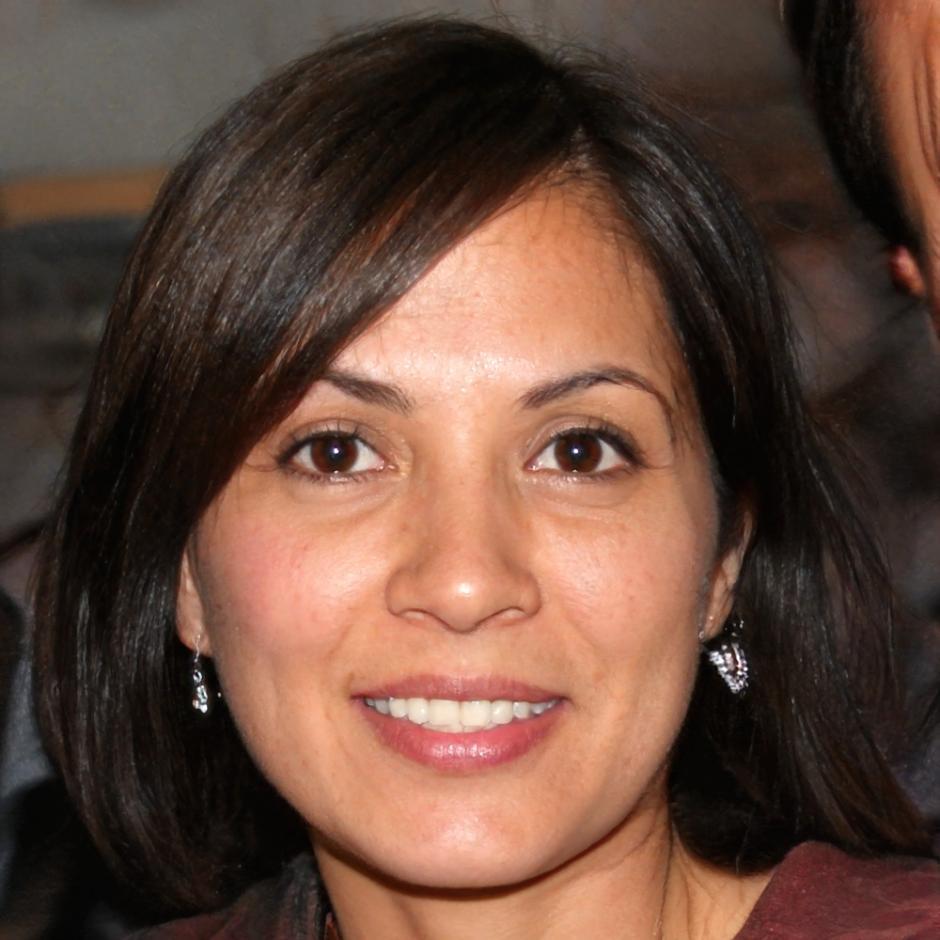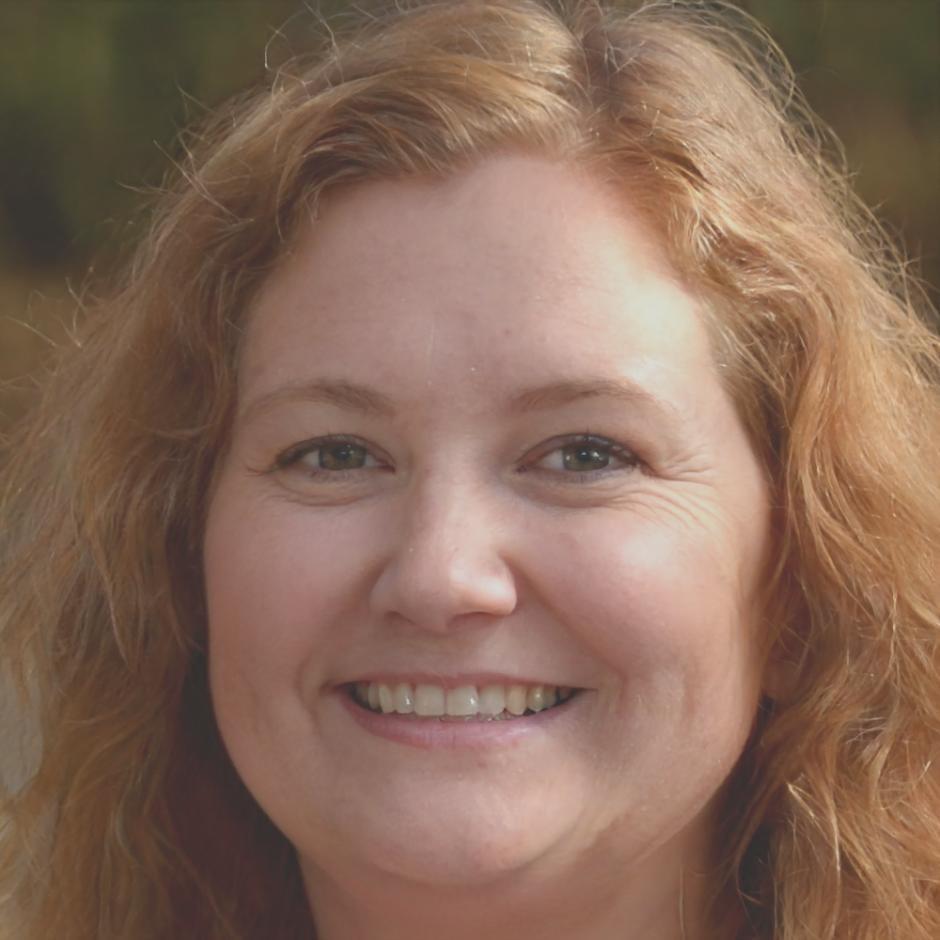Budget Planning That Actually Works When Things Go Sideways
Most businesses create budgets that look perfect on spreadsheets. But what happens when your supplier raises prices by 30%? Or when that major client suddenly postpones their project? We teach you how to build financial buffers that protect your business without hoarding cash.
See Our September 2025 Program
Three Contingency Strategies We Actually Use
These aren't theoretical concepts from textbooks. They're the methods we've refined while working with small manufacturers and service businesses across Southeast Asia.
Dynamic Reserve Allocation
Instead of parking 10% of revenue in a "rainy day fund," we show you how to calculate reserves based on your actual risk exposure. A business with two major clients needs different protection than one with 200 customers.
Expense Priority Mapping
When cash gets tight, which expenses do you cut first? We help you create a decision tree before the crisis hits. It sounds simple, but most business owners make these calls emotionally rather than strategically.
Scenario Testing Models
You'll learn to build simple financial models that answer questions like: "Can we survive if sales drop 40% for three months?" The math isn't complicated, but knowing the answer changes how you negotiate contracts.


Why This Matters More in 2025
Supply chains still haven't stabilized completely. Currency fluctuations affect import costs weekly. And customer payment behaviors changed permanently during the pandemic years.
The businesses that thrive aren't necessarily the ones with the biggest revenue. They're the ones that can absorb shocks without panicking or making desperate decisions.
Our programs start with your current financial reality—not some ideal state. We look at your actual cash flow patterns, your real overhead structure, and the specific risks your industry faces.
Last year, one of our participants faced a 60-day payment delay from their largest client. Because they'd built proper reserves and knew their expense priorities, they navigated it without taking emergency loans or laying off staff.
Who Teaches These Methods
We're financial practitioners who've worked through multiple economic cycles—not just academic researchers.

Nina Kaewmali
Financial Strategy Lead
Spent 12 years as a CFO for mid-size manufacturers before shifting to education. Nina specializes in helping businesses that operate on thin margins build realistic contingency systems.

Petra Wongsuwan
Risk Assessment Specialist
Former banking analyst who got tired of telling businesses "no" without showing them how to fix their fundamentals. Now teaches the financial modeling techniques that actually prevent those rejections.
Our Next Program Starts October 2025
We run small cohorts because contingency planning needs to address your specific business model. No generic advice or one-size-fits-all templates.
Ask About Enrollment